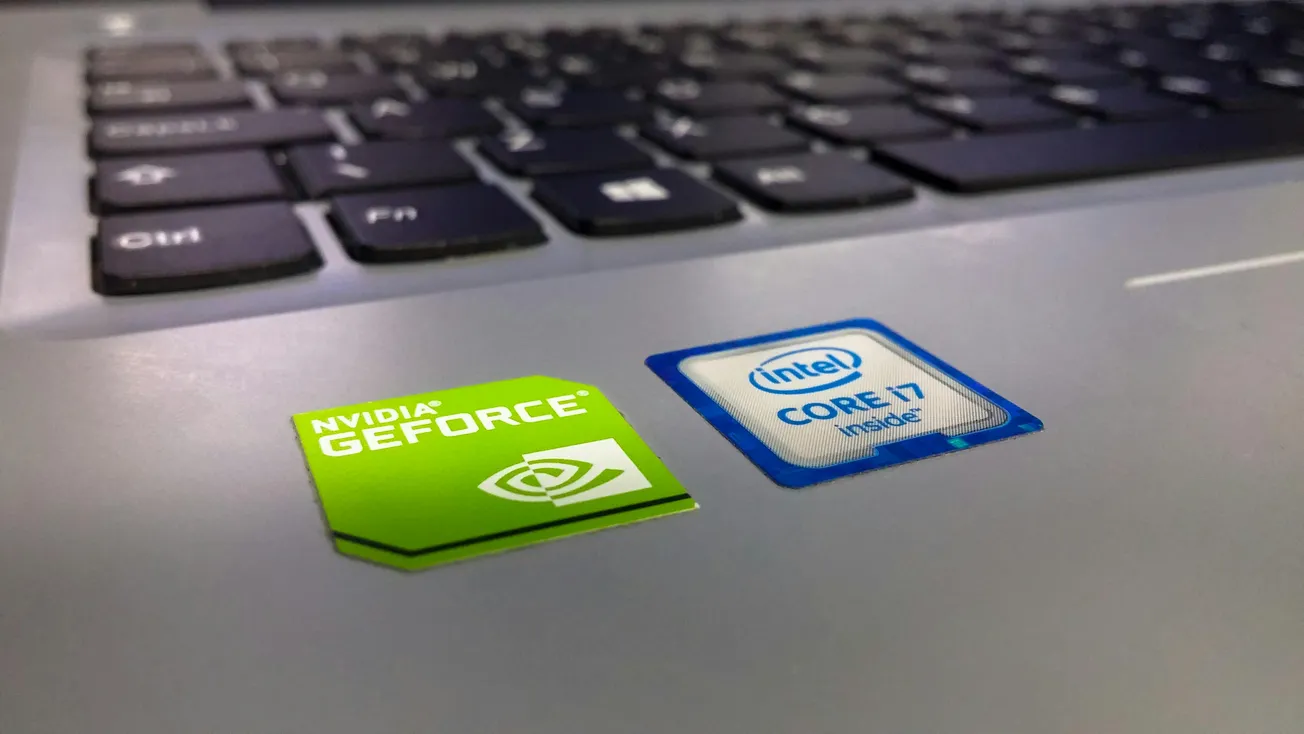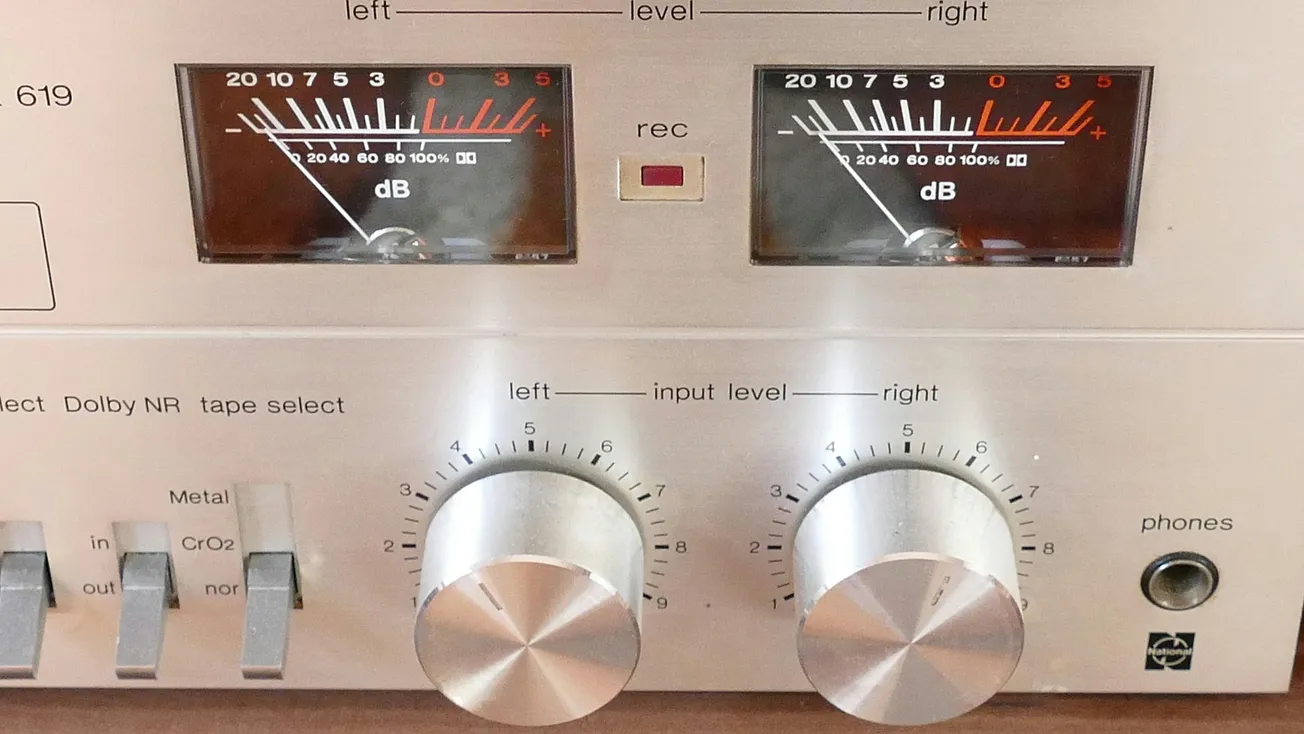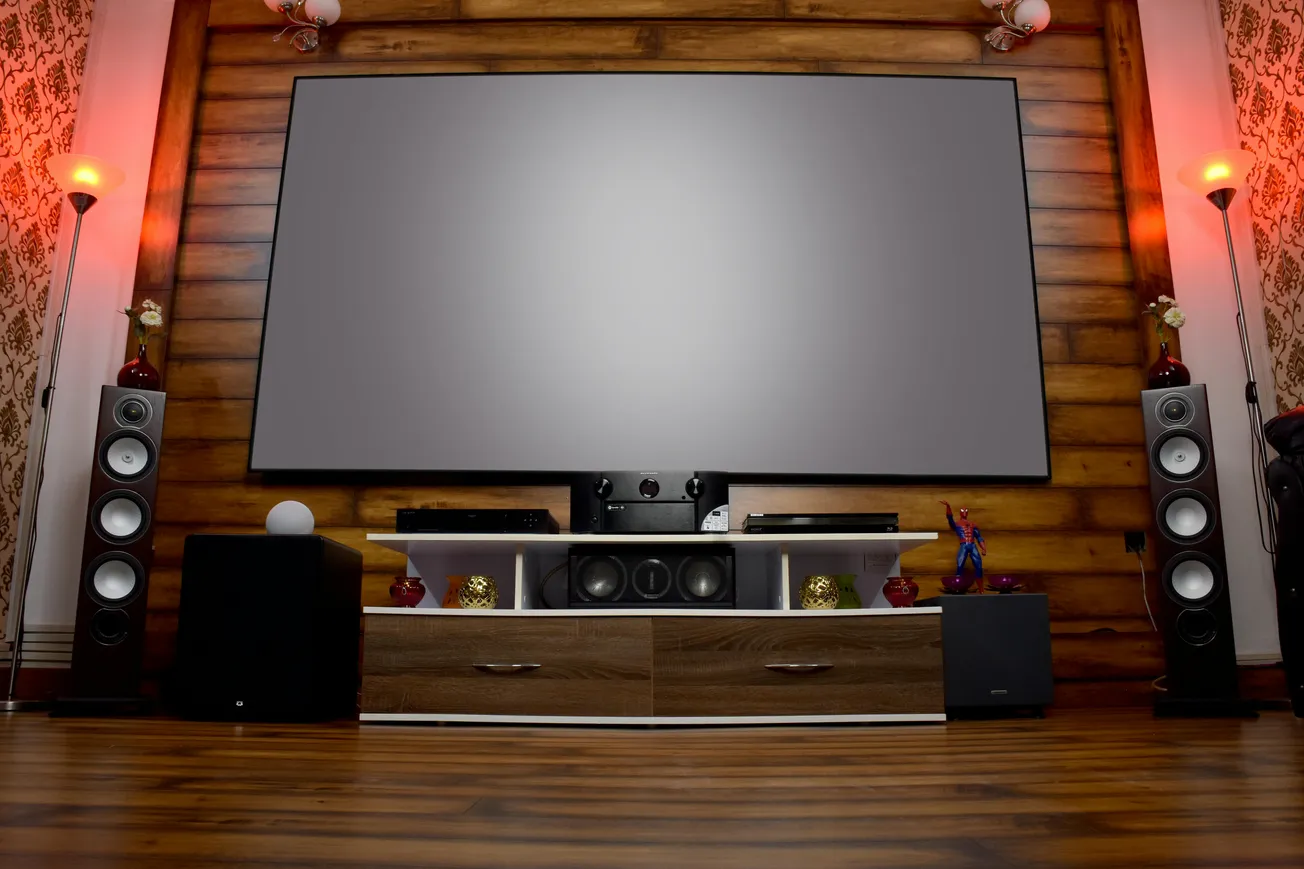At NVIDIA’s CES 2025 keynote in January, the company introduced its next‑generation consumer graphics architecture—the GeForce RTX 50 Series powered by the new Blackwell AI chip.
For creators working in video editing, motion graphics, animation and live broadcast workflows, this announcement signals meaningful upgrades in speed, efficiency and creative capability.
What’s new
Blackwell brings several new features of direct relevance for content creators:
- Enhanced AI‑driven rendering capability through “neural shaders” and “neural faces,” enabling real‑time reflections, character rendering and lighting that previously demanded high‑end workstations.
- The flagship RTX 5090 (part of the RTX 50 Series) features 92 billion transistors and is capable of over 3,352 trillion AI ops per second (TOPS) in its architecture.
- The inclusion of the fourth generation RT cores (for ray tracing) and the fifth generation Tensor cores (for AI compute) means creators can leverage hardware acceleration for both visual quality and generative workflows.
- On the laptop side, the new architecture brings improved power efficiency (up to 40 % better battery life in some Max‑Q designs) without sacrificing throughput.
Why this matters for creators
- Faster rendering & editing: Complex scenes—4K/8K video, multi‑layer composites, VFX—become more responsive. Less time watching progress bars, more time refining story and design.
- Better real‑time previewing: With neural rendering and ray tracing improvements, you get higher‑fidelity previews on the timeline, making iteration faster and reducing surprises at export time.
- Greater generative flexibility: If you’re leveraging AI tools for motion graphics, character animation or scene generation, the Tensor‑AI uplift means smoother workflows and more headroom for experimentation.
- Future‑proofing your gear: As video and graphics standards push upward (VR/AR, 12‑bit colour, high‑frame‑rate, spatial content), building on Blackwell means the hardware is more aligned for upcoming formats and platforms.
A quick caveat
While the hardware leap is significant, creators should still ensure their complete ecosystem (CPU, storage, memory, software support, plug‑ins) keeps pace. And although price points and availability vary, the investment tends to pay off more quickly when your workflow scales and you can reclaim editing/rendering time.
For creators seeking to reduce friction, increase throughput and unlock new creative possibilities, NVIDIA’s RTX 50 Series with the Blackwell architecture makes a compelling case.









